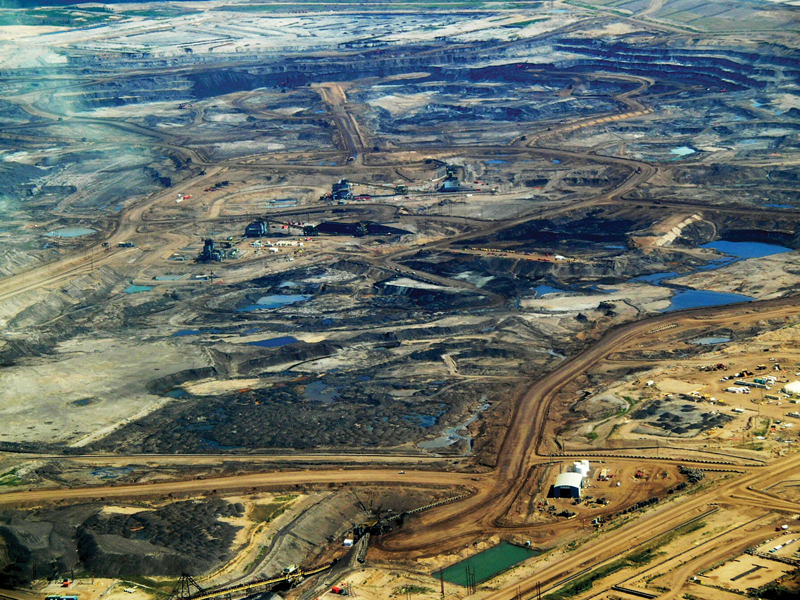
Report for Commission confirms carbon-intensity of tar sands
Two new reports have put a figure on how much more carbon-intensive fuels derived from tar sands are, compared with conventionally produced fuels. These reports were prepared for the Commission, which has up to now used the absence of scientific data as a reason for not recognising the excessive contribution these unconventional fuels make to climate change.
[mailchimp_signup][/mailchimp_signup]Yet environmental groups are still worried that the Commission may not act on the findings, as officials are anxious not to offend Canada, the world’s leading producer and exporter of fuels derived from tar sands. Canada and the EU are currently in the final stages of negotiations on a free trade agreement.
Although very little fuel extracted from tar sands is imported to the EU, the question of how to assess its carbon footprint has become of massive importance because the market is growing and EU standards tend to be copied around the world. Under the EU’s fuel quality directive of 2009, carbon emissions from the fuel production process must be reduced by 6% between 2010 and 2020. To achieve this, the Commission is trying to establish ‘default values’ for fossil fuels based on where and how they are produced.
As part of this process, Brussels commissioned Adam Brandt from Stanford University in California to look at greenhouse gas emissions from Canadian oil sands. Brandt’s report says clearly that typical tar sand ‘well-to-wheel’ emissions are 23% worse than those for typical conventional oil sources. He gives oil from tar sands an average carbon content of 107.3g of CO2 per megajoule of energy, compared with 87.1g for conventionally produced fuels. The Commission’s public consultation document put fuel from tar sands at 107g, but this was later withdrawn after pressure from Canada.
Brandt’s findings reinforce those from a study by the Washington-based International Council on Clean Transportation (ICCT), which looked at five elements of the refining process and production practices at 3100 oilfields that supply oil to Europe. It concludes that the highest greenhouse gas emissions are caused by natural gas ‘flaring’ and extracting fuel from unconventional sources (in other words, tar sands).
The ICCT report says emissions vary from 77g to 123g per megajoule. While emissions from flaring are somewhat uncertain, the authors say average emissions from tar sands projects are consistently higher than from projects that flare.
Yet while the message from science seems to be very clear, it remains uncertain whether the increased carbon footprint of fuels from tar sands will lead to them being given a higher default value under the fuel quality directive. Canada is in the middle of a massive lobbying operation to prevent the EU ‘discriminating’ against fuel derived from tar sands, as it fears any EU default value that “penalises” tar sands fuels could be repeated elsewhere in the world. It is also threatening to bring a case before the World Trade Organisation to prevent the EU giving tar sands oil a value that reflects its carbon-intensity.
In addition, the Commission has repeatedly refused to allow access to minutes of EU-Canada meetings on tar sands, and earlier this month T&E asked the European Ombudsman to rule on the case under EU access to documents legislation.
T&E policy officer Nusa Urbancic said: ‘Tar sand oil extraction is one of the dirtiest methods of fuel production known to man. The Commission has said previously that scientific data was needed in order to establish the CO2 figures for tar sands oil. The data has been available from various sources, but now the Commission has its own data, there is no excuse for delaying further action. Any delay, coupled with a lack of transparency, will lead everyone to suspect it is allowing trade interests with Canada to override its own climate policy/ambitions.’
Click here to read Brandt’s report.
Click here to read the ICCT report.
